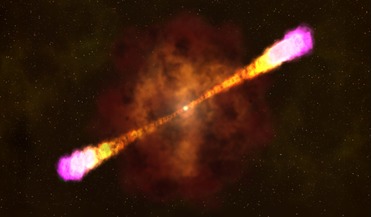 11 October 2016
GRB afterglow observed by ALMA for the first time
11 October 2016
GRB afterglow observed by ALMA for the first time
... is also known about them. What is certain is that GRB events are characterised by a short flash of gamma-ray photons followed by a long lasting afterglow that can be observed across a broad spectrum of wavelengths. They can also be classified...
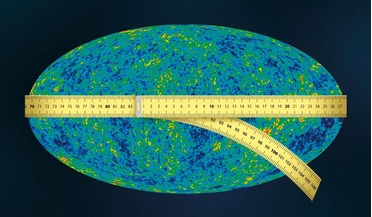 28 December 2016
Discrepancies in data suggest less dark matter now than after the big bang
28 December 2016
Discrepancies in data suggest less dark matter now than after the big bang
.... "Let us imagine that dark matter consists of several components, as in ordinary matter (protons, electrons, neutrons, neutrinos, photons). And one component consists of unstable particles with a rather long lifespan: in the era of the formation...
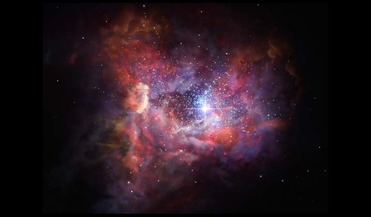 08 March 2017
The most distant galaxy yet observed by ALMA gives insight into first stars
08 March 2017
The most distant galaxy yet observed by ALMA gives insight into first stars
... millimeter and submillimeter range of the electromagnetic spectrum, which is the wavelength that dust molecules emit their photons in, therefore the observatory is perfectly suited to help study the era when the first stars and galaxies...
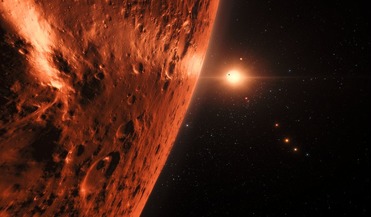 01 September 2017
TRAPPIST-1 planets could contain substantial amounts of water
01 September 2017
TRAPPIST-1 planets could contain substantial amounts of water
... starlight can break water vapour in the atmospheres of exoplanets into hydrogen and oxygen.” This happens when photons of a certain energy break the bonds of molecules into their constituent atoms. This is a process known as photodissociation and...
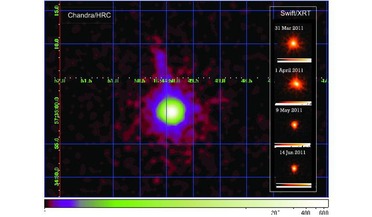 20 September 2017
A new way to 'weigh' extragalactic black holes
20 September 2017
A new way to 'weigh' extragalactic black holes
... in. As this material is accreted onto the black hole it can reach a temperature of around 105 K whilst emitting energetic photons at optical, ultraviolet, and X-ray wavelengths. These X-ray sources have been mistaken in the past for fast...
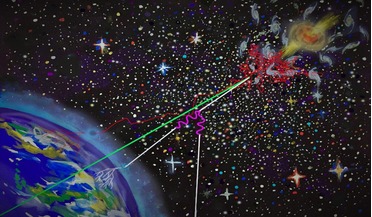 24 January 2018
Scientists uncover common origin for ultrahigh-energy particles
24 January 2018
Scientists uncover common origin for ultrahigh-energy particles
... Space Telescope and other ground-based observatories to have energies more than a billion times higher than a photon of visible light. Neutrinos on the other hand are mysterious, neutral subatomic particles that rarely interacts with...